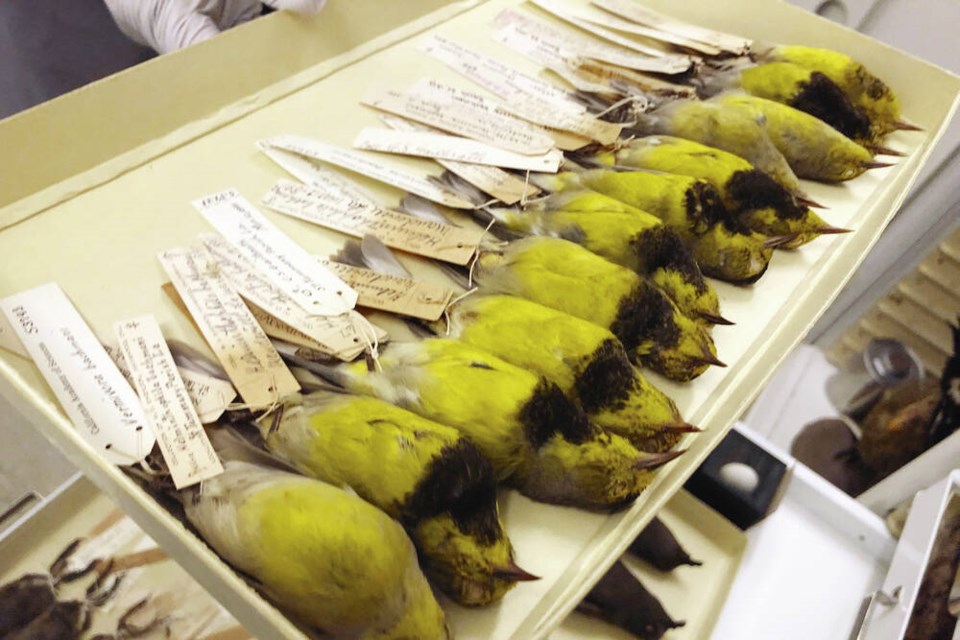I find myself increasingly drawn to the United Nations’ framing of our current situation as being at war with nature, as UN Secretary General Antonio Guterres put it in a landmark speech at Columbia University in December 2020.
For an organization that is, after all, intended to be the world’s peacekeeper, the response was obvious: “Making peace with nature is the defining task of the 21st century,” Guterres said.
Three months later, a report from the UN Environment Program began to fill in some of the detail as to what “making peace with nature” means in practice. So in this and several subsequent columns I will explore what is involved in doing this, with particular emphasis on local examples.
I will look at B.C.’s recently announced third UN Biosphere Region (Átl’ka7tsem/Howe Sound), the University of Victoria’s green civil engineering program, the Municipal Natural Assets program that began in Gibsons, and the work of local architect Christine Lintott in bringing ideas of biomimicry into architecture.
I am interested in learning about and profiling other local examples of making peace with nature, so please email me about any you know of. Perhaps over time we can make Greater Victoria a leading model of what it means to make peace with nature.
But first, let’s be clear what the war on nature is. The UNEP report focuses on three global ecological emergencies: Climate change, loss of biodiversity and pollution. A wider framing is provided by the concept of “planetary boundaries,” first put forth by a team led by the Stockholm Resilience Centre in 2009 and refined in 2015.
They proposed a set of nine Earth systems “and associated thresholds which, if crossed, could generate unacceptable environmental change.” In addition to the three identified in the UNEP report, these include ocean acidification, stratospheric ozone depletion, the nitrogen and phosphorus cycles, global freshwater use, changes in land use and atmospheric particulate aerosols. Staying within these planetary boundaries keeps us within what they called a “safe operating space for humanity.”
In the 2015 update to their work, they found that at a global scale we have already passed the suggested boundary for species extinctions and phosphorus and nitrogen flows, and are in a zone of increased risk and approaching the suggested threshold for both climate change and land-use change. Back then, we were within the “safe zone” for freshwater use and ocean acidification (although the latter was worsening, and has continued to do so), while stratospheric ozone depletion provided a rare success story, in that we have stabilized and are slowly reversing that trend.
Worryingly, they could not even determine a threshold for atmospheric aerosols or for what they called novel entities: “Chemicals and other new types of engineered materials or organisms not previously known to the Earth system.” These include not only chemical pollution — particularly the persistent organic pollutants (POPs) that bio-concentrate up food chains and are found now in our bodies — but also heavy metals, GMOs and nanoparticles.
Of even greater concern, the 2015 review identified two of the Earth systems — climate change and biosphere integrity — that “should be recognized as core planetary boundaries through which the other boundaries operate.” This, presumably, is why the UNEP identified these two as planetary emergencies, along with pollution, which not only kills at least nine million people annually, but has an unquantified — and perhaps unquantifiable — planetary boundary.
So yes, we are at war with nature, across multiple fronts simultaneously. But in his foreword to the UNEP report, Guterres extended the analogy of making peace with nature.
He suggested we need to see nature as an ally, that we need “a peace plan and a post-war rebuilding programme.” But let’s be clear — seeing nature as an ally does not mean changing nature to work better for us, it means changing ourselves and our society to work better for nature.
What is our peace plan? What does our post-war rebuilding program look like? That is what I intend to explore, starting next week by examining both the UN plan and the need for a local expression of that as a core part of what it means to be a one planet region.
Dr. Trevor Hancock is a retired professor and senior scholar at the University of Victoria’s School of Public Health and Social Policy.



